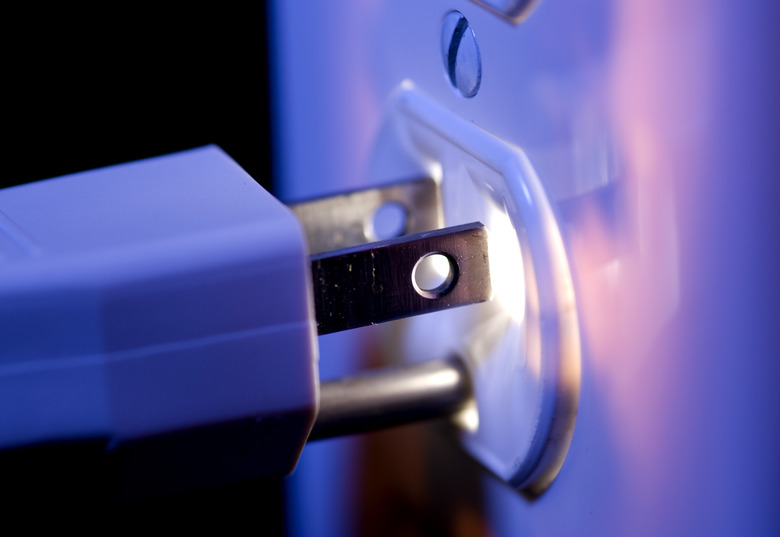How To Wire Multiple Outlets
When you use the standard procedure for wiring an outlet, and you connect it to another in a daisy chain configuration, you're wiring the circuit in parallel. This guarantees that power will stay on in the circuit if one of the outlets fails. However, this method to daisy-chain outlets depends on the internal connections of the outlets, and if one of them should burn out so badly that its connecting plates disintegrate, the outlets in the circuit after it would fail.
This is a remote possibility, but if you feel the need to guard against it, you can employ an alternate wiring method that involves making pigtails in each of the outlet boxes except the last one in the chain. Electricians hardly ever wire outlets this way, but it's good to know about it because it gives you near 100-percent assurance of circuit continuity. It's a good way to wire a GFCI outlet if you want outlets after it in the chain to stay on when the GFCI trips, but be aware that those outlets won't have ground fault protection.
Which Side of the Outlet Is Hot?
Which Side of the Outlet Is Hot?
Whenever you're doing any home wiring, you have to pay careful attention to the colors of the wires and the terminal screws because the colors have specific meanings. In standard 120-volt wiring, the neutral wire is always white – that's mandated by the National Electrical Code. The hot wire can be black or red (or even purple), but by convention, it's black. The ground wire is either bare copper or green.
Whether they're on a switch, light fixture or outlet, the terminal screws are also color coded. The chrome screws are for the neutral wires, the brass ones are for the hot wires and the green screw is for the ground. Consequently, the side of the outlet with the brass screws is the hot side. If you're wondering which screw is hot on a plug, the same rule applies. The brass screw is hot. If you can't see the plugs, and the plug has only two prongs, your question might be, "Which prong is hot on a two-prong plug?" The answer is the smaller one.
Standard Daisy Chain Wiring
Standard Daisy Chain Wiring
If you're wiring an outlet in the middle of a chain of outlets, you'll have two cables in the outlet box. One of the cables is the live cable that either comes from another device that has power or directly from the panel. The other cable goes to the next outlet in the chain.
After turning off the breaker and testing with a voltage tester to make sure the power is off, connect the black wire from the live cable to the top brass terminal on the outlet and the live white wire to the top chrome terminal. It's fine to choose the bottom pair, but choosing the top pair keeps things straightforward and makes it easier for anyone who has to service the outlet. Connect the outgoing hot wire (black) to the bottom brass terminal and the outgoing neutral wire (white) to the bottom chrome terminal. Finally, twist the ground wires together and connect one of them to the green ground terminal.
When wired this way, the outlet will continue to pass power to the other outlets in the chain even if something plugged into it burns out. However, if the outlet suffers a power surge large enough to burn out the connecting plates between the terminals, the rest of the outlets will go out.
Using Pigtails to Prevent Circuit Outages
Using Pigtails to Prevent Circuit Outages
Another approach to outlet wiring is to create pigtails. You create a pigtail by twisting together multiple wires of the same color (it's very important that they're the same color) and adding a short length of spare wire of that color. Twist clockwise using pliers, then screw a wire cap onto the connection. This essentially splits the electrical path, providing power to the outlet you're wiring and those downstream at the same time. You don't need to pigtail the ground wires. Just twist them together and connect one to the ground screw as you would in the standard outlet wiring procedure.
After making pigtails with the black and white wires, connect the short jumper black wire to the top brass terminal of the outlet and the white jumper to the top chrome terminal. There's no need to use the other terminals on the outlet.
